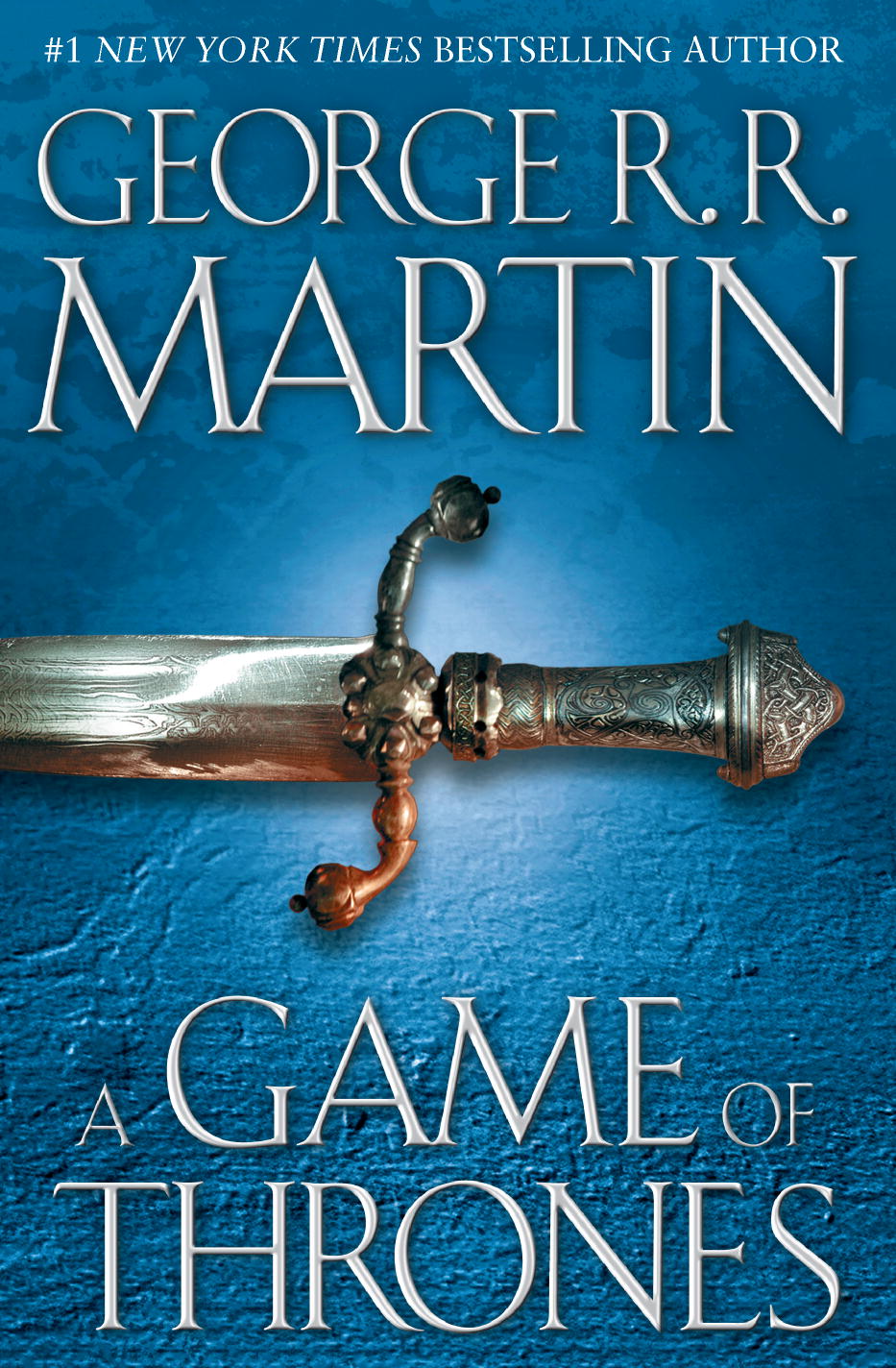Black Girl Unlimited by Echo Brown
New York : Henry Holt and Co., 2020.
294 p. ; 22 cm.
This is a super creative and really well written debut YA novel. The subtitle of Black Girl Unlimited is The Remarkable Story of a Teenage Wizard, and it's back cover states, it is "Part memoir, part magic" - and these are two good clues to the power of this novel. This is no Harry Potter wizardry, but instead a kind of rare natural/supernatural inheritance of access to the power and mystery of the "in between zone."
The novel deals head on with hard issues of sexual assault, drug addiction, poverty and crime - but does it in a way that is not despairing, but also not falsely optimistic. The hero of this novel is the main character, Echo Brown (see, there's the part memoir) who is academically talented and motivated. She only gradually realizes that she is a wizard and that her power as one is limited but can grow. One of the coolest aspects is that as a wizard she can occasionally stop time and use that stopped time to try and influence others for the better.
The novel is a great story of the power of determination, bravery, family ties, intellectual curiosity and bravery in the face of addiction, poverty, racism and violence.
My only hesitations with the novel (which I was surprised to not see brought up in reviews) are the heavy use of vernacular from characters in her poor neighborhood (including her Mom and brothers). And then there is an unfortunate description of one of the most powerful elderly women wizards as being "a quarter Cherokee on her mother's side" according to everyone in Echo's neighborhood, and who is also said to have "learned all her magic stuff from her grandmother."
That said, it's a powerful novel about obstacles and triumphs facing a young black girl as she comes of age and gets in touch with her inner strength and power.













